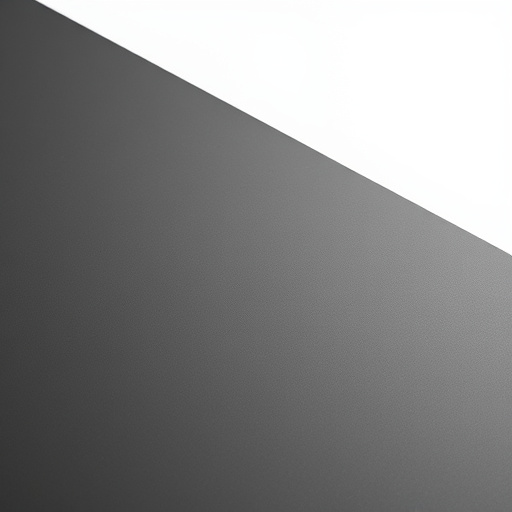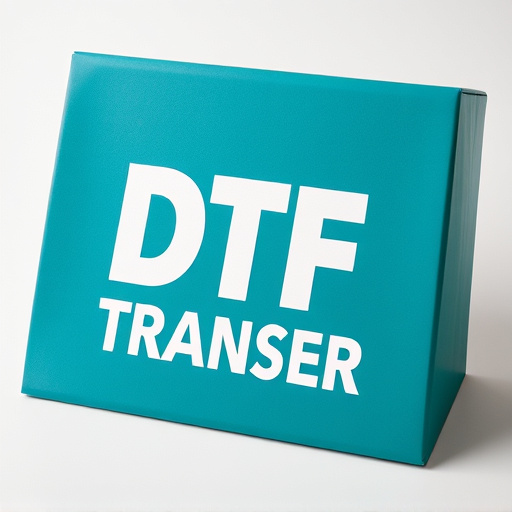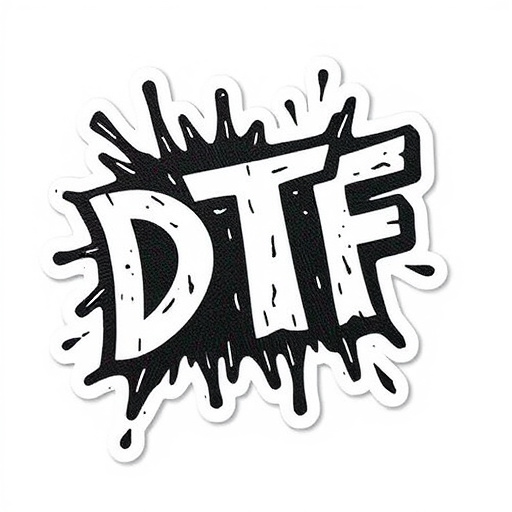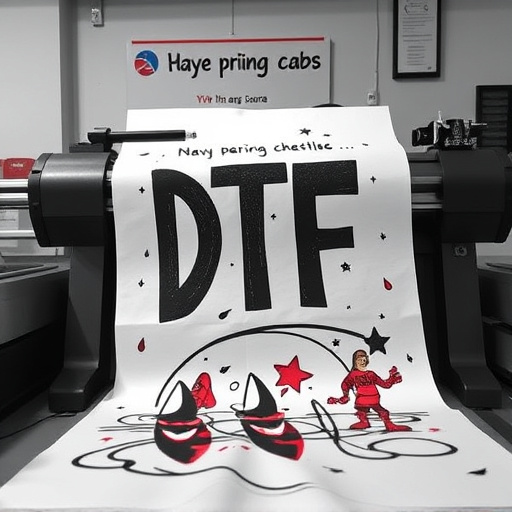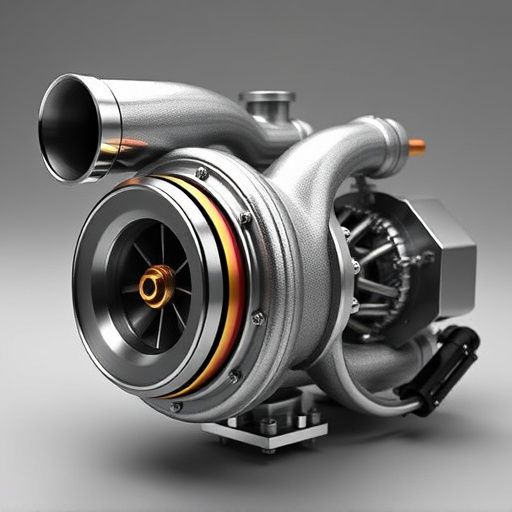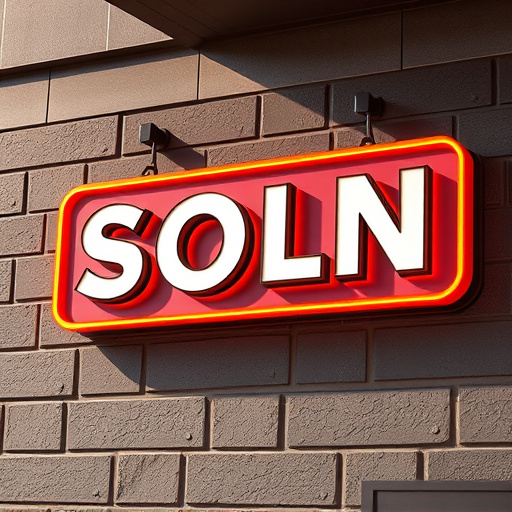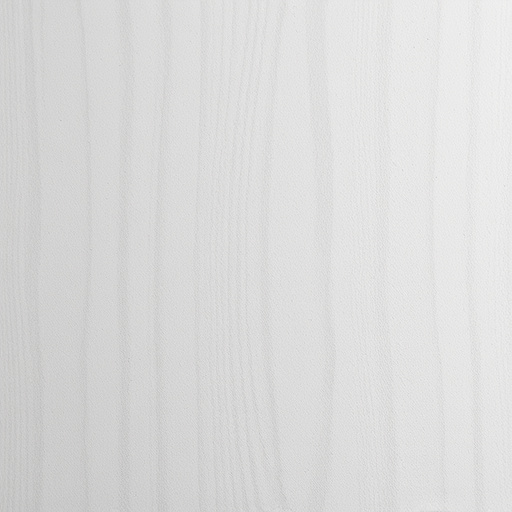Clear coat restoration revives protection and aesthetics of car finishes damaged by environmental factors, wear, and scratches. Assess need through visual inspection and rubbing a microfiber cloth on hidden areas. Meticulously prepare vehicle, buff out scratches, then apply protective coatings for long-lasting gloss.
Is your car’s clear coat looking a bit dull or faded? It might be time for a restoration. This guide will walk you through understanding the signs of clear coat degradation, the tools and techniques for inspection, and effective restoration methods. Learn how to assess the health of your clear coat and take proactive steps to maintain or restore its glossy finish, ensuring your vehicle looks as good as new.
- Understanding Clear Coat Degradation Signs
- Tools and Techniques for Inspection
- Restoring Your Clear Coat Effectively
Understanding Clear Coat Degradation Signs
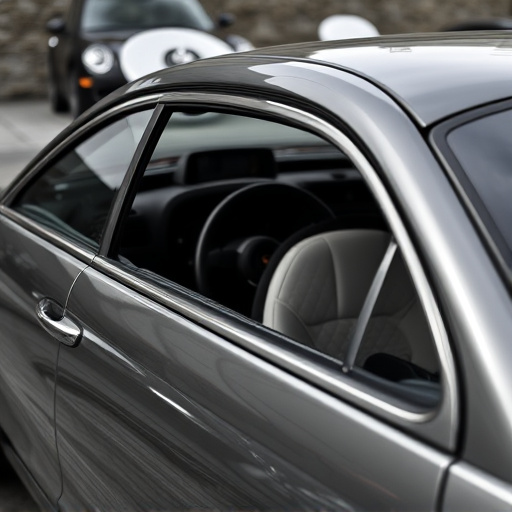
Over time, clear coats can show signs of degradation due to various environmental factors and everyday use. Understanding these indicators is essential when determining if a clear coat needs restoration. One of the most noticeable signs is fading or discoloration, which can occur due to sun exposure and UV rays. As the clear coat breaks down, it becomes more susceptible to scratches and swirls, especially from bird droppings, tree sap, or minor bumps during washing. These marks can create an uneven surface, reducing the overall gloss and appearance of the finish.
Additionally, heat rejection or the ability to reflect heat away from the vehicle’s paintwork can diminish over time. This is particularly noticeable in regions with extreme weather conditions. Clear coat restoration involves addressing these issues to revive the protective layer, enhance the vehicle’s aesthetics, and ensure a long-lasting, glossy finish. The process includes meticulous cleaning, sanding (if necessary), and applying top-quality clear coat products tailored for optimal results.
Tools and Techniques for Inspection

To effectively test if a clear coat needs restoration, gather the right tools and employ specific techniques for inspection. Start by examining the paint surface under natural light, looking for any signs of fading, chips, or scratches that could indicate damage to the clear coat. Use a microfiber cloth to gently rub a small, hidden area; if it reveals a dull or textured finish beneath, it’s a strong indicator that restoration is needed.
Additionally, consider using specialized tools like paint scratch removers and polishers designed for clear coat restoration. These tools can help reveal any underlying issues that might not be immediately visible to the naked eye. Remember, proper preparation is key; before making any final judgments or attempting any restoration techniques, ensure your vehicle is clean and free of debris, and consider factors such as weather conditions and the type of protective coatings or window tinting already in place—all of which can impact the clarity and durability of a clear coat.
Restoring Your Clear Coat Effectively

Restoring your clear coat effectively involves a multi-step process designed to revive its protective and aesthetic qualities. Begin by thoroughly inspecting the surface for any signs of damage, such as scratches or chips in the clear coat. These imperfections can compromise both the look and durability of your vehicle’s finish.
Next, prepare the area by washing and drying the car meticulously. This step ensures that no dirt or grime remains that could interfere with the restoration process. After cleaning, use a high-quality polisher to buff out minor scratches and create a smooth base for application. It’s crucial to select a polish designed specifically for clear coat restoration to avoid further damage. Once the surface is ready, apply a protective coating like custom graphics or scratch protection solutions to enhance durability and provide an extra layer of shielding against future damage.
When it comes to maintaining your vehicle’s clear coat, early detection is key. By understanding common signs of degradation and utilizing simple inspection tools, you can determine if your clear coat needs restoration. Restoring the clear coat not only enhances the aesthetics but also protects the underlying paint job. With the right techniques and products, you can bring back that showroom shine and preserve your vehicle’s value through effective clear coat restoration.
